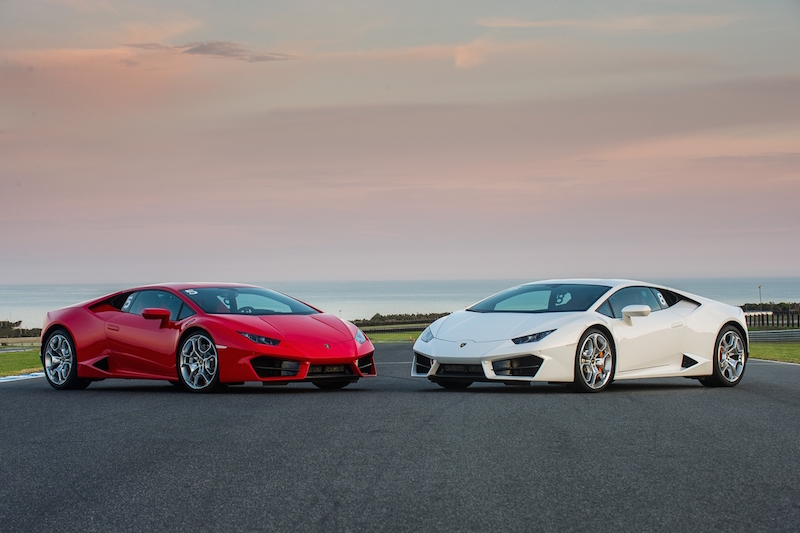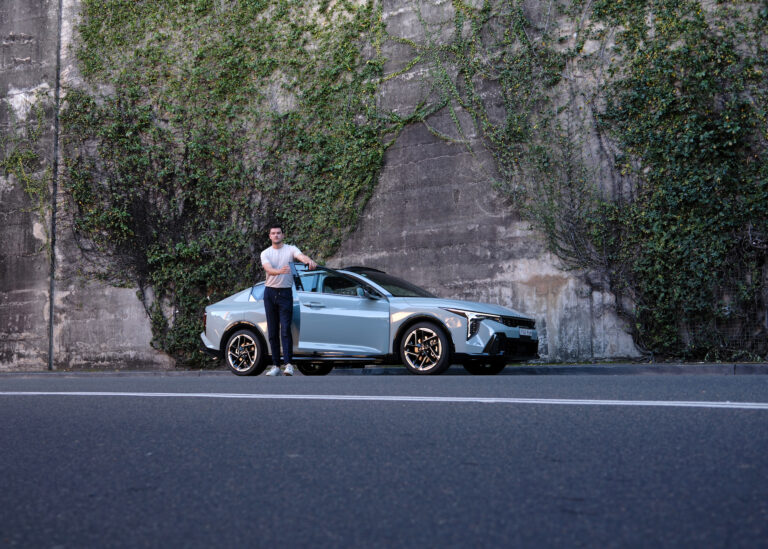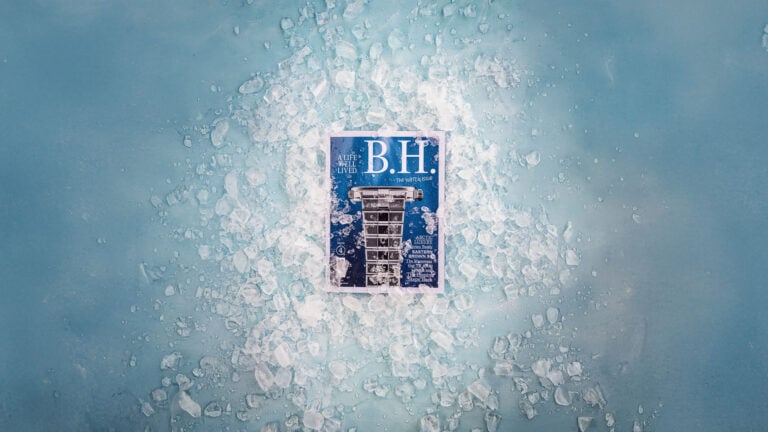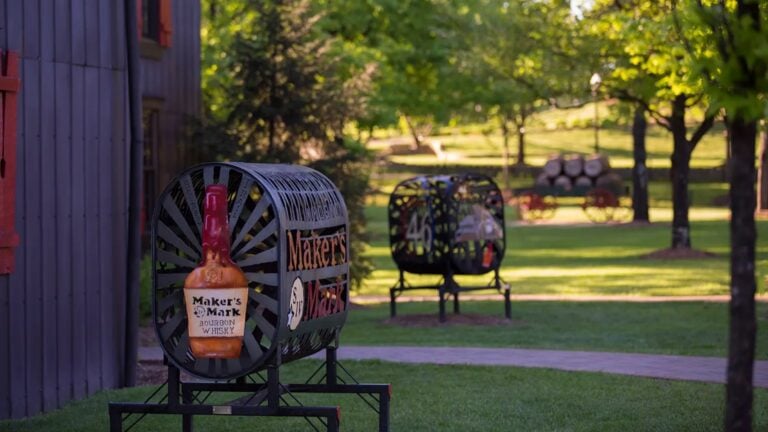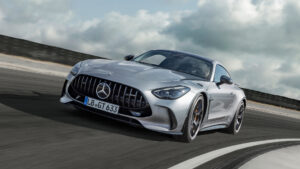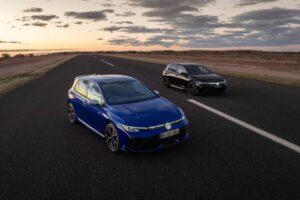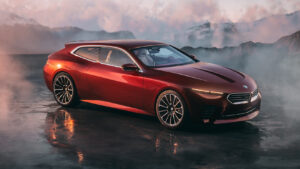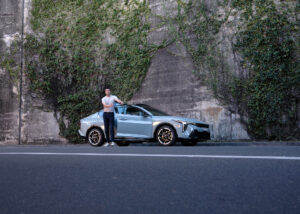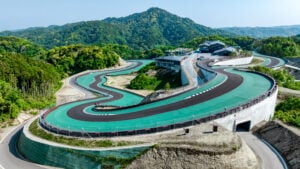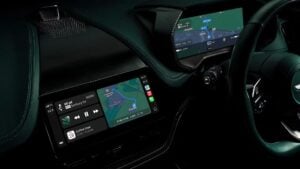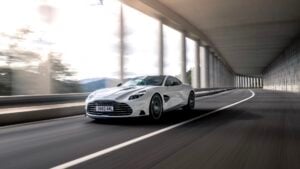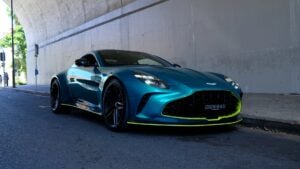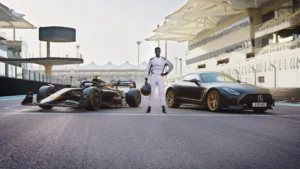There’s no racetrack in Australia quite like Phillip Island. Situated roughly an hour and a half’s drive from Melbourne, the world famous grand prix circuit sits just off the southern Victorian coastline, amidst the harsh elements blowing in off Bass Strait. It’s a fast and flowing track, renowned as one of the alluring stops on the MotoGP circuit each Spring, and it’s one we couldn’t think of as a better option to test drive the new Lamborghini Huracán LP 580-2.
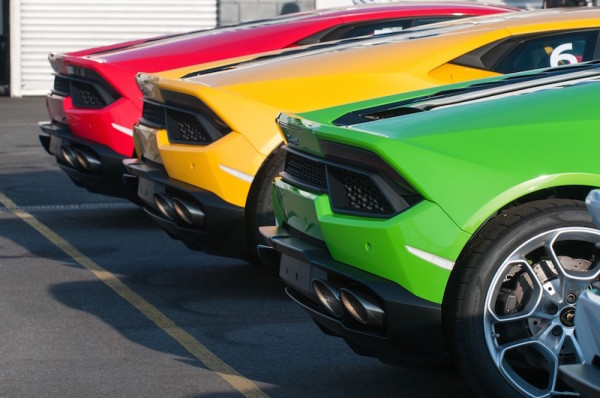
Lamborghini’s latest junior supercar takes its name from the Mayan ‘hurricane’ god of the storm, making the notoriously wild conditions of the Island a fitting place to put the new rear-wheel-drive LP580-2 through its paces. Both Huracán models enter the fiercely competitive junior supercar segment, occupied by a host of masterful machinery including the Porsche 911 Turbo, Ferrari 488 GTB and Audi’s new R8, with which the Huracán shares much of its body structure and mechanicals owing to Lamborghini’s Audi parentage. But while the all-wheel-drive LP 610-4 is strictly performance-focused, the LP580-2 espouses Lamborghini’s ambitions to provide a fun-to-drive option among its traditional stable of high performance beasts. The famed Italian automaker faces a tricky balancing act, needing to maintain its reputation as the wildest and most exotic of the supercar makers, while at the same time delivering the comfort and drivability expected of any modern car and the 580-2 really opens up its credibility as a modern, drivable supercar.

Linked to a 7-speed dual-clutch transmission, the V10 energetically sends the 580-2 from zero to 100 km/h in just 3.4 seconds, comparatively slower than the 610-4’s better performed 3.1 seconds. But, while the 610-4 is designed for track performance and precision handling, the 580-2 puts an unabashed emphasis on driving dynamics, making it possibly the most driver-focused Raging Bull recently produced. Don’t call it an entry-level model or a budget Lambo though, as the 580-2 makes absolutely no compromises.
Fundamentally, Lamborghini have lopped off the front-driven axle from its all-wheel-drive 610-4, cutting just over 30kg from the 580-2’s new nose, which in turn results in a not-insignificant 2% shift in weight distribution toward the rear of the car. No longer a 602-horsepower beast in an AWD cage, the 571-horse Huracán LP 580-2 nearly maintains its stable mate’s power-to-weight ratio, coming in at a fraction of a kilo per horsepower more, and finally allows the naturally aspirated 5.2-litre V10 to push its tail out through corners.
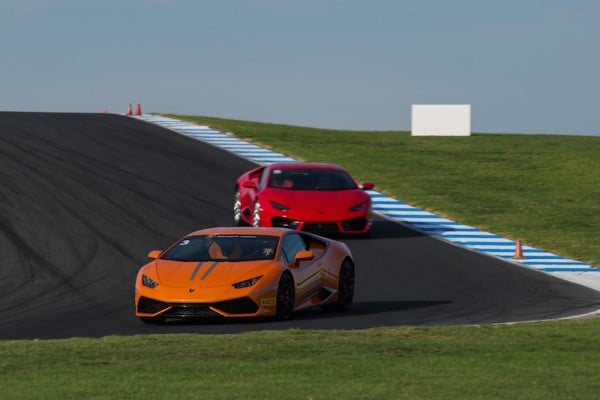
The beauty of test driving a supercar at Phillip Island is the track’s famously fast sweepers and tight corners allowed us to sample a wide range of cornering speeds, varying from 70 to nearly 140 km/h. With the drive-mode selector in either Sport or Corsa, medium to faster paced corners would create mild understeer that could be transformed into oversteer with the application of more throttle, which the LP 580-2 elicited with pleasure, all the while snarling as the V10 gradually invades the cabin as the needle runs up the tachometer. These talkative and playful cornering features make the LP 580-2 unique in the Lamborghini range, offering options that simply don’t exist with the LP 610-4’s stable all-wheel-drive system.
While we love the all-wheel-drive 610-4, the 580-2 is more of a pure driving experience, like riding bareback instead of saddled. Granted, it’s not as fast around a track as the 610-4, but the 580-2 is the version of the Huracán for customers looking for the fun-to-drive experience with a slightly better price tag.
Our Verdict: an absolute gem of a drive, and the pick of the Huracán range for those who prefer thrills to ultimate performance.
4.5 out of 5 stars
2016 Lamborghini Huracan LP580-2 pricing and specifications
Price: $378,900
Engine: 5.2-litre V10
Output: 426kW/540Nm
Transmission: Seven-speed twin clutch, rear wheel drive
Fuel: 11.9l/100km (EUDC)
CO2: 278g/km
Safety rating: Not tested
